
This library course guide will introduce you to the Library's resources which may inform and support your research project in Professor Pennino's class.
RESEARCH PAPER
Length: 10 pages (using Time New Roman 12 point font, double spacing between lines, 1” margins). Titles pages and work cited pages do NOT count toward your total.
Works:
On the Road. Jack Kerouac
“Howl”. Allen Ginsburg (can be found on poetryfoundation.org)
The Bell Jar. Sylvia Plath
The Crying of Lot 49. Thomas Pynchon
Portnoy’s Complaint. Philip Roth
Fear and Loathing in Las Vegas. Hunter S. Thompson
Blues for Mister Charlie. James Baldwin
The Sign in Sidney Brustein’s Window. Lorraine Hansberry
The Electric Kool-Aid Acid Test. Tom Wolfe.
Fear of Flying. Erica Jong
| Subject/Topic | Primary Sources | Secondary Sources |
|---|---|---|
| Art & Literature |
|
|
Commentary or Criticism: A review of a movie is typically a secondary source commenting on the film itself. However, if you are researching the critical reception of a film that review would become a primary source.
Portions of this page were adapted from Scribbr.com "Primary and secondary sources"
 Americana : The Journal of American Popular Culture, 1900 to Present by Americana: The Institute for the Study of American Popular Culture
Americana : The Journal of American Popular Culture, 1900 to Present by Americana: The Institute for the Study of American Popular Culture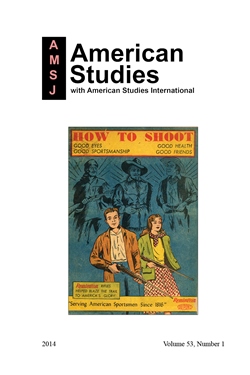 American Studies by John Hopkins University Press
American Studies by John Hopkins University Press The Journal of American Culture by Blackwell Publishing Ltd.
The Journal of American Culture by Blackwell Publishing Ltd. The Columbia history of post-World War II America by Mark C Carnes
The Columbia history of post-World War II America by Mark C Carnes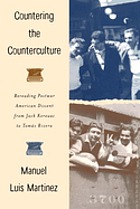 Countering the counterculture : rereading postwar American Dissent from Jack Kerouac to Tomás Rivera by Manuel Luis Martínez
Countering the counterculture : rereading postwar American Dissent from Jack Kerouac to Tomás Rivera by Manuel Luis Martínez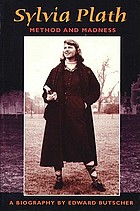 Sylvia Plath : method and madness by Edward Butscher
Sylvia Plath : method and madness by Edward Butscher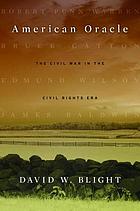 American oracle : the Civil War in the civil rights era by David W Blight
American oracle : the Civil War in the civil rights era by David W BlightA literature review is a critical analysis and synthesis of existing research literature on a particular topic. It involves reviewing, summarizing, and evaluating the current state of knowledge in a specific field or subject, in your case a topic to one of the films or directors in class. The primary purpose of a literature review is to provide an overview of the relevant literature, identify gaps, and highlight key findings and trends.
Key to a literature review is that it is NOT the following
The above definition highlights the words critical and synthesis because you are entering a scholarly conversation about your research topic, with a critical eye to similarities, differences, themes, and gaps in the knowledge that you will contribute with your paper.

Log into Okta if prompted.
Your Works Cited page includes every item you have cited in text and provides as much bibliographic information as you're able to find so your readers can locate the sources themselves.
Note that if the article is from the publisher website (which is considered self-contained) the URL falls within the punctuation following the page number(s).
Find more about these topics at the MLA Handbook sections mentioned throughout.
More info: MLA Handbook 5.3-22
More info: MLA Handbook 5.23-30
More info: MLA Handbook 5.31-37
More info: MLA Handbook 5.38-47
More info: MLA Handbook 5.48-50
More info: MLA Handbook 5.51-53
More info: MLA Handbook 5.54-67
More info: MLA Handbook 5.68-83
More info: MLA Handbook 5.84-99
Location makes reference to the container(s) of the work:
Formatting notes:
More info: MLA Handbook 5.105-119
These are some commonly used source types and how they're formatted. Remember that your Works Cited references will require a hanging indent (second and subsequent lines indented) of a half-inch.
Astor, Maggie. “What’s on the Minds of 12 Young Voters.” The New York Times, 19 Oct. 2022. NYTimes.com, https://www.nytimes.com/2022/10/19/us/politics/young-voters.html.
Cahill, Cathleen D. Recasting the Vote : How Women of Color Transformed the Suffrage Movement. E-book. The University of North Carolina Press, 2020. EBSCOhost, https://search.ebscohost.com/login.aspx?direct=true&db=e000xna&AN=2432685&site=ehost-live.
Gross, Neil. “Does College Make You Vote?” Chronicle of Higher Education, vol. 59, 24 Nov. 2012, p. B2. EBSCOhost, https://search.ebscohost.com/login.aspx?direct=true&db=aph&AN=83623976&site=ehost-live.
Larson, Lincoln R., et al. “The Future of Wildlife Conservation Funding: What Options Do U.S. College Students Support?” Conservation Science & Practice, vol. 3, no. 10, Oct. 2021, pp. 1–12. EBSCOhost, https://doi.org/10.1111/csp2.505.
Padilla, Dynahlee. “Tapping the Youth Vote.” Diverse: Issues in Higher Education, vol. 37, no. 18, Oct. 2020, pp. 20–21. EBSCOhost, https://search.ebscohost.com/login.aspx?direct=true&db=aph&AN=146573844&site=ehost-live.
Shea, Daniel M., and John Clifford Green. Fountain of Youth: Strategies and Tactics for Mobilizing America's Young Voters. Rowman & Littlefield, 2007.
Spagnuolo, Natalie, and Fady Shanouda. “Who Counts and Who Is Counted? Conversations around Voting, Access, and Divisions in the Disability Community.” Disability & Society, vol. 32, no. 5, June 2017, pp. 701–19. EBSCOhost, https://doi.org/10.1080/09687599.2017.1324765.
Wolfe, Rob. “America’s Best Colleges for Student Voting.” Washington Monthly, vol. 54, no. 9/10, Sept. 2022, pp. 60–63. EBSCOhost, https://search.ebscohost.com/login.aspx?direct=true&db=aph&AN=158554880&site=ehost-live.
These are some commonly used online source types and how they're formatted. Remember that your Works Cited references will require a hanging indent (second and subsequent lines indented) of a half-inch.
Notes:
“New Jersey.” Ballotpedia, https://ballotpedia.org/New_Jersey. Accessed 18 Oct. 2022.
Ballotpedia, https://ballotpedia.org/Main_Page. Accessed 18 Oct. 2022.
“Electoral College History.” National Archives, 18 Nov. 2019, https://www.archives.gov/electoral-college/history.
Astor, Maggie. “What’s on the Minds of 12 Young Voters.” The New York Times, 19 Oct. 2022, https://www.nytimes.com/2022/10/19/us/politics/young-voters.html.
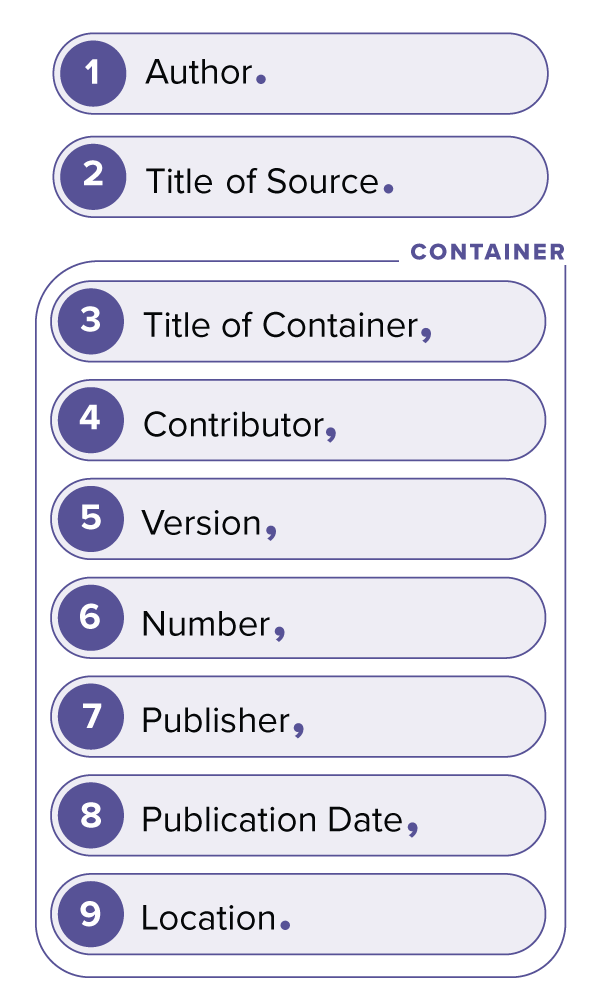
MLA formats each work cited using a set of core elements that are included in the citation if applicable and punctuated appropriately.
Find more details about the core elements in the MLA Handbook Plus or use the fill-in template below.
In-text citations are a brief parenthetical reference within the text of your paper that includes the author name and page number so your reader knows where to find the source of your information.
More info on in-text citations: MLA Handbook 6.31-77
Example article used throughout:
Niemi, Richard G., and Michael J. Hanmer. “Voter Turnout Among College Students: New Data and a Rethinking of Traditional Theories.” Social Science Quarterly, vol. 91, no. 2, June 2010, pp. 301–23. EBSCOhost, https://doi.org/10.1111/j.1540-6237.2010.00694.x.
Example:
Articles with more than 3+ authors are referred to in the parenthetical with the first author surname and et al.: (Larson et al. 2).
In the case of 3+ authors, "you may list all the names or provide the name of the first collaborator followed by 'and others' or 'and colleagues.'" (MLA Handbook Plus 6.5)
Example:
In 2010, Niemi and Hanmer noted that college students are not studied as often as older voters (303).
Example:
Niemi and Hanmer observe that
[w]ith the age of college students almost invariant and the meaning and measurement of their education and mobility questionable, several key variables used in models of voter turnout may well not account for varying rates of turnout among college students. Though there is considerable variation among students in hours worked, most student jobs do not mirror the careers they will ultimately obtain, so labor force participation may also be of limited explanatory power. (304)
If you have a question about searching for information about your project which includes finding books, articles, interviews, how to cite your information or how to make an annotated bibliography. Click on the Schedule an Appointment button below to see my availability.
